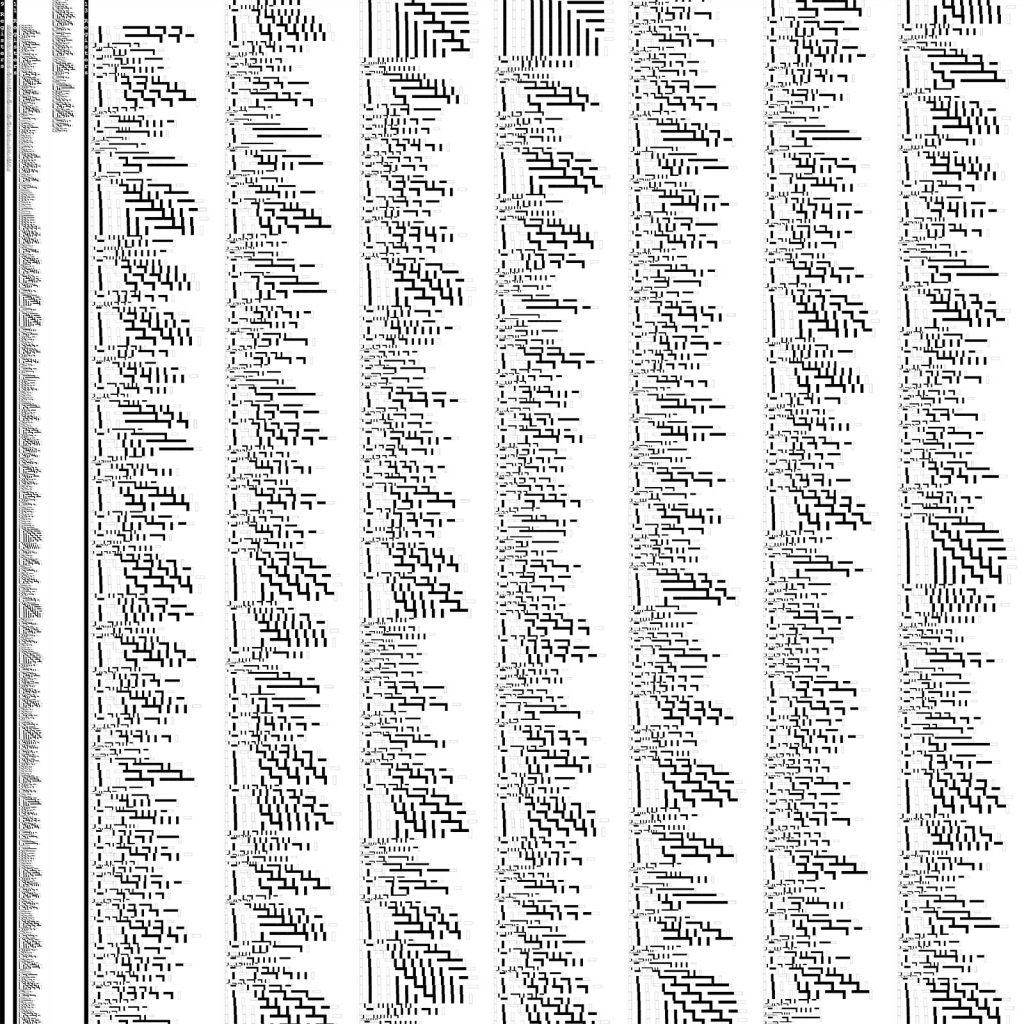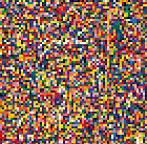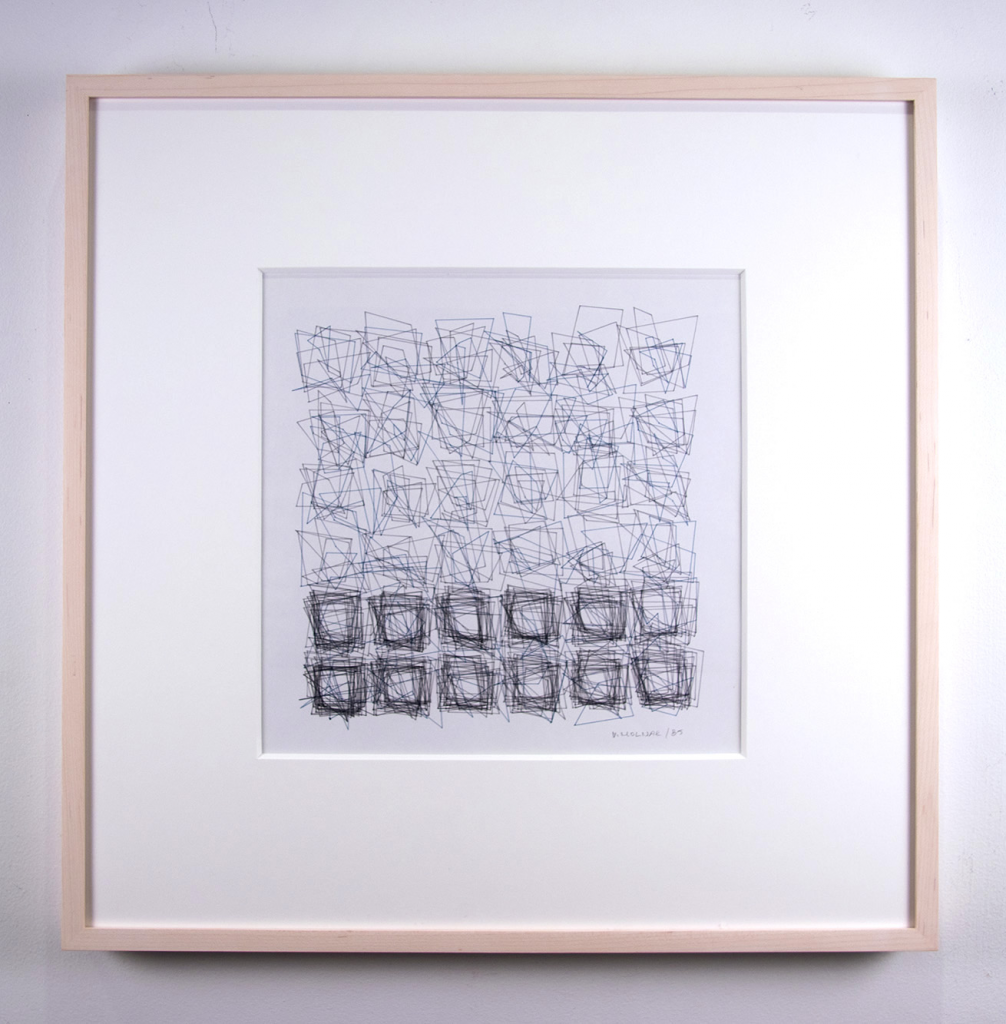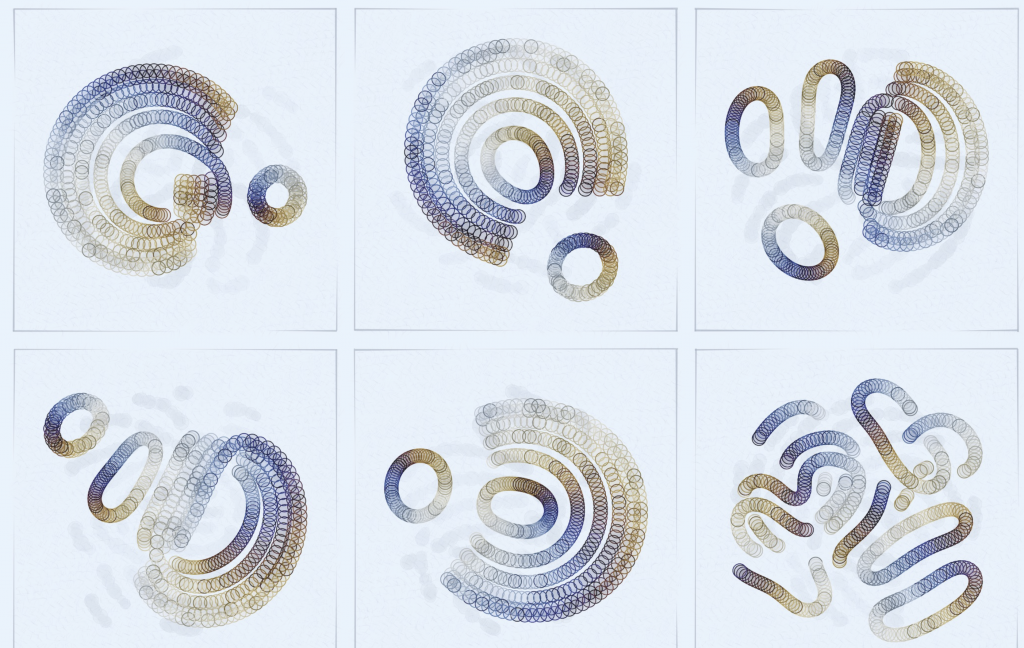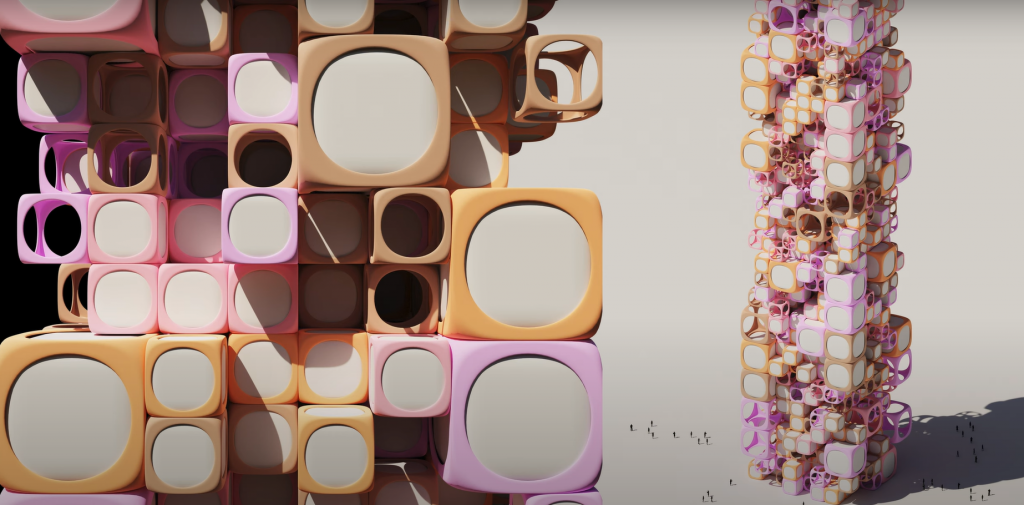The project Sprawl by Mark J. Stock intrigues me with the correlation between randomness and naturalistic inspired art. Mark J. Stock is a generative artist who combines nature and computation in his work. In this project, he creates an organic branching structure growing on a regular array of blocks. The algorithm used sets particles at specific points and uses a random walk algorithm to let them grow until they strike a part of the existing block structure. The generated art creates a natural like growth pattern but it is interesting to see how randomness can contrast and interact with regulated forms such as the block array. I find it intriguing that some parts of the grown pattern can become restrained and seem not random but other parts are chaotic and sparatic. Stock claims that “this contrast refers to the creeping growth of our built environment”.
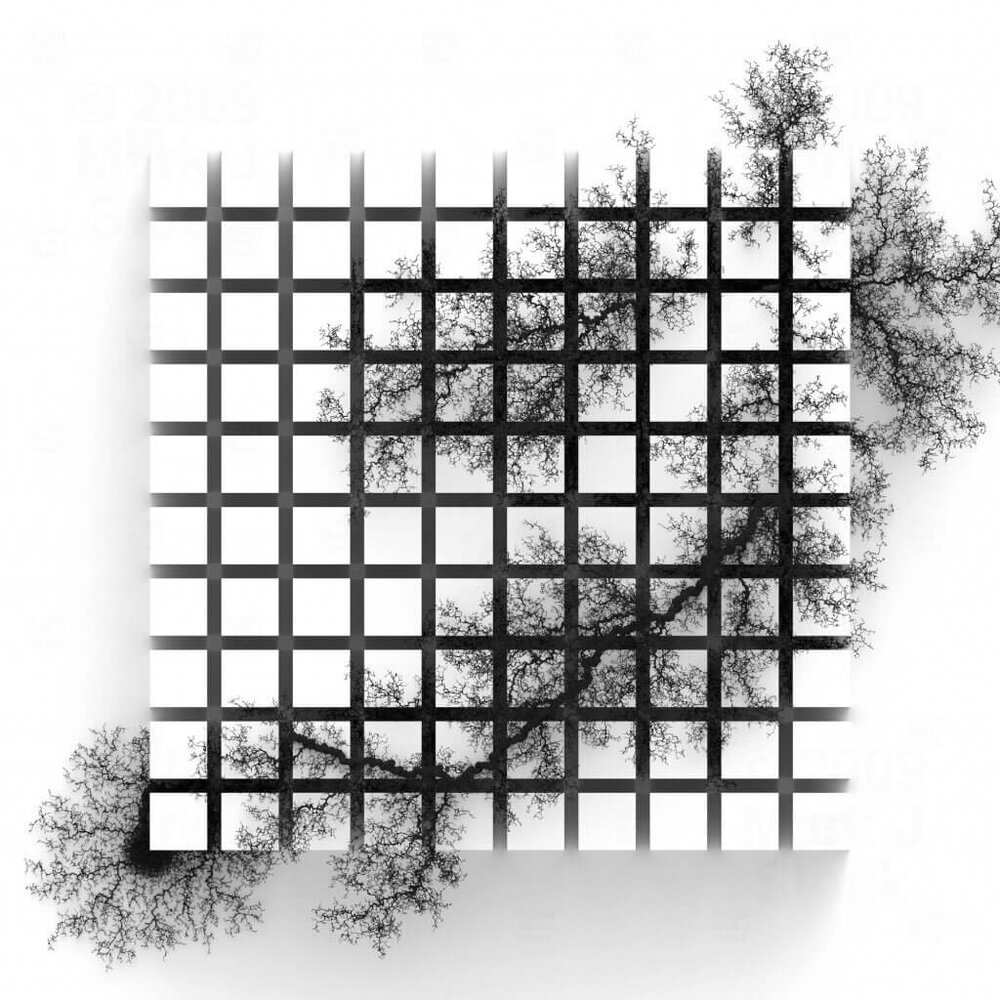
![[OLD SEMESTER] 15-104 • Introduction to Computing for Creative Practice](../../../../wp-content/uploads/2023/09/stop-banner.png)
